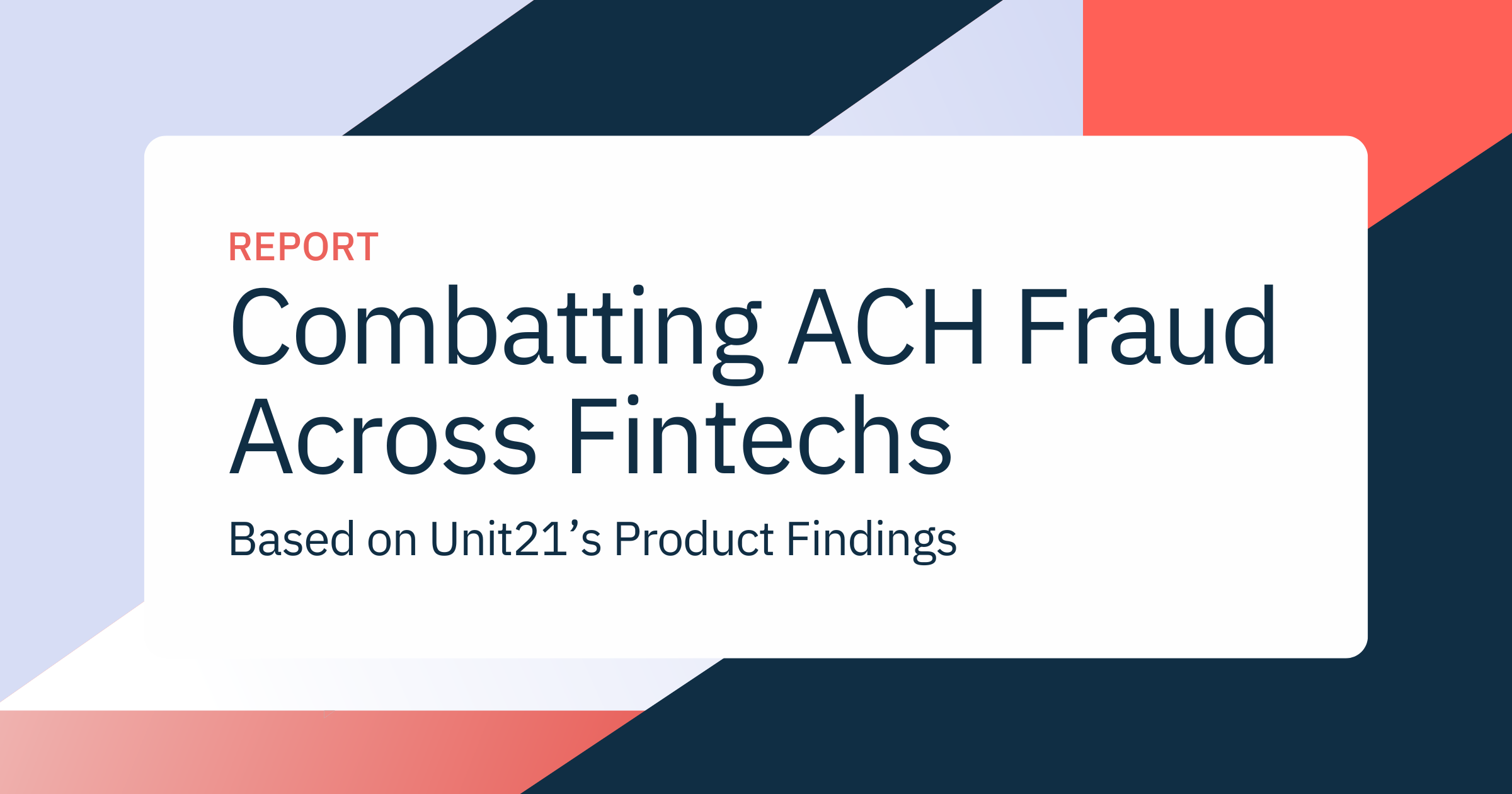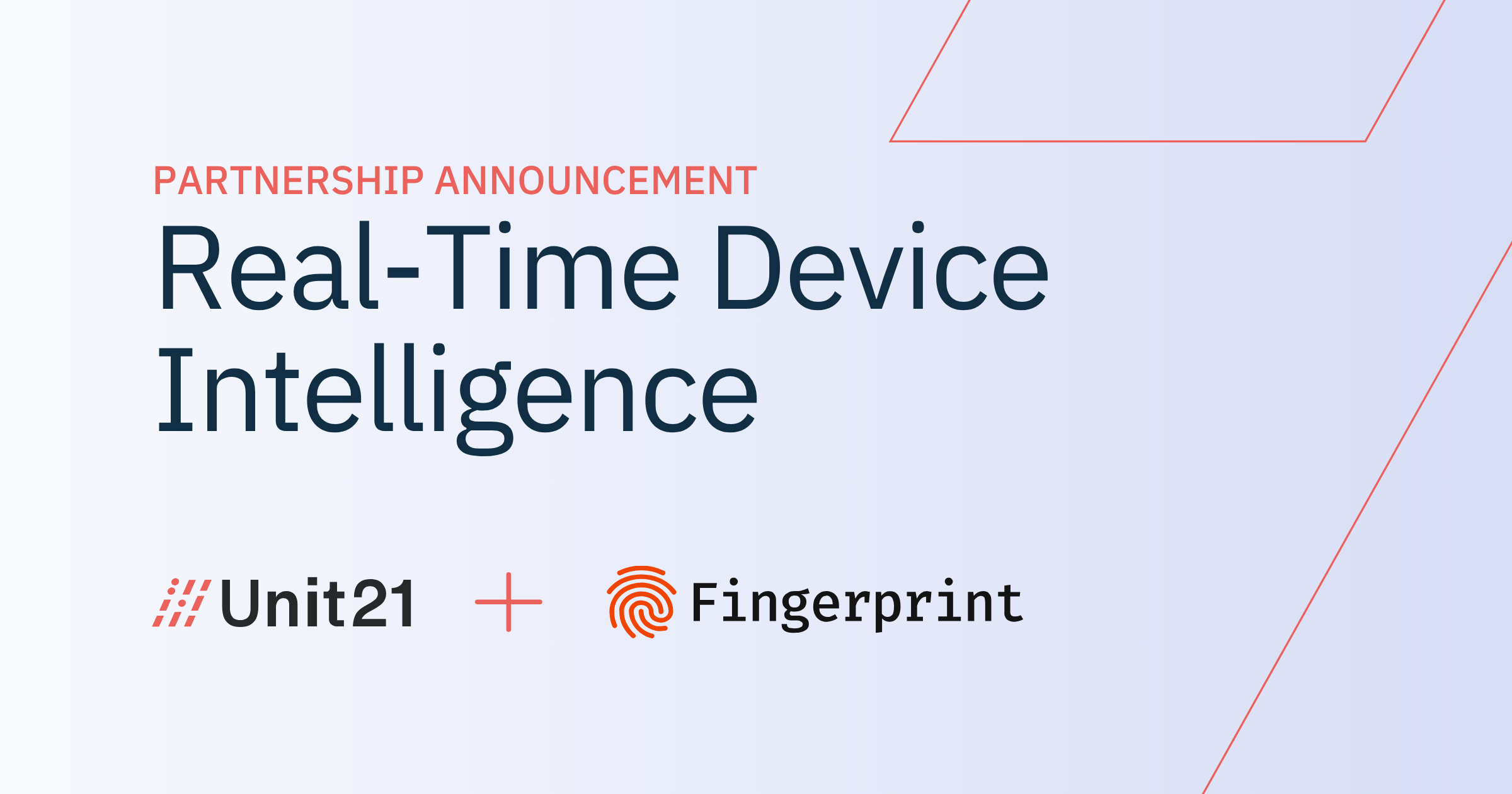
.png)
The landscape of ACH fraud prevention is evolving — and fast. With the 2026 NACHA rule updates, the responsibility for fraud detection no longer rests solely on the receiving end. Instead, financial institutions and intermediaries that originate ACH transactions are being called to the front lines.
If you’re an ODFI, Third-Party Service Provider (TPSP), or Third-Party Sender (TPS), these changes mark a fundamental shift: you must now monitor outbound transactions for fraud before they hit the ACH network.
This blog explains how ODFIs are now expected to act, not just originate — taking an active role in monitoring ACH transactions for fraud before they’re submitted. But NACHA’s 2026 rule changes go beyond ODFIs alone. Third-Party Senders (TPSs) and Third-Party Service Providers (TPSPs) are also being held to a higher standard.
To see how all participants in the origination chain must evolve — and what proactive steps you can take today — explore our NACHA 2026 Educational Hub.
The Shift from Passive Processing to Proactive Monitoring
Historically, ODFIs were expected to conduct due diligence on originators — but fraud monitoring was more reactive. TPSs and TPSPs often operated behind the scenes with limited oversight, even when processing millions of ACH transactions.
That changes in 2026.
According to the updated NACHA Fraud Monitoring Rule:
- ODFIs must implement fraud detection processes and procedures for all WEB debit entries.
- TPSPs and TPSs originating 6 million+ ACH transactions annually must begin monitoring fraud risk by March 20, 2026.
- All other entities must comply by June 19, 2026.
This applies to outbound credits and debits alike — whether you're sending payroll, vendor payments, tax refunds, or bill collections.
Clarifying the Players: ODFIs, TPSs, TPSPs, and RDFI’s
Let’s quickly recap the roles these entities play in the ACH ecosystem.
ODFI – Originating Depository Financial Institution
- Submits ACH transactions into the network on behalf of its clients.
- Must assess each originator’s risk and monitor accordingly.
TPS – Third-Party Sender
- Sends ACH entries on behalf of originators without holding a direct relationship with the ODFI.
- Includes payroll providers, billing platforms, and fintech processors.
TPSP – Third-Party Service Provider
- Performs ACH-related functions (e.g., file creation, data formatting, submission).
- Often provides fraud monitoring and compliance support.
RDFI – Receiving Depository Financial Institution
- Accepts ACH transactions from the network and posts them to the receiver’s account.
- Historically had minimal fraud monitoring responsibility — expected only to process incoming entries.
- Under the 2026 NACHA rule changes, RDFIs must now monitor inbound ACH credits, identify suspicious activity (e.g., mule accounts), and return fraudulently obtained funds.
Real-World Risks These Rules Target
ACH fraud isn’t hypothetical — and NACHA’s updates are aimed squarely at fraud types that originate from inside the origination pipeline.
Scenario 1: BEC Fraud via TPS
A vendor’s email is compromised, and the fraudster sends altered banking details to the TPS handling payroll for multiple clients. The TPS processes dozens of fraudulent outbound credits — unknowingly becoming the conduit.
Unit21 flags:
- New recipient accounts are added within 48 hours of the payment run.
- Mismatched names between invoice metadata and payee account.
- Velocity spike compared to historical vendor payments.
Action: Alert triggered before submission; transactions held for review.
Scenario 2: Payroll Redirection Fraud via TPSP
A small business client has its payroll account taken over. The attacker instructs the TPSP to reroute employee paychecks to attacker-controlled accounts.
With Unit21:
- Outbound rules flag rapid changes to account numbers across payroll entries.
- Fuzzy matching highlights name mismatches.
- Velocity models catch the abnormal pattern.
Outcome: Fraud is intercepted, and ACH entries are stopped before transmission.
Scenario 3: High-Risk Originator Activity
An ODFI onboarded a new originator last month. Suddenly, this customer is sending thousands of ACH debits targeting consumers — a potential bust-out scheme.
Unit21’s Customer Risk Ratings (CRR)
- Assigns a risk score based on transaction velocity, geography, and behavior patterns.
- Automatically triggers enhanced monitoring rules for high-risk entities.
Result: The customer’s activity is flagged before it causes downstream harm.
How Unit21 Future-Proofs ODFIs, TPSs & TPSPs
You don’t need to build a new fraud program from scratch. Unit21’s platform delivers out-of-the-box support for NACHA’s 2026 obligations — with flexibility to scale and segment monitoring across all your origination partners.
1. Risk-Based Segmentation with CRR
- Segment originators by risk score.
- Tie CRR scores directly into fraud rules (e.g., “If CRR > 80, apply enhanced velocity checks”).
2. Behavioral Monitoring for Outbound ACH
- Detect first-time senders, metadata anomalies, or name mismatches.
- Apply thresholds by entity, payment type, or time of day.
3. Rule Logic Built for TPSs and TPSPs
- Configure rules by client profile, transaction rail, or ACH type (WEB, PPD, CCD).
- Monitor for indicators of bust-outs, synthetic IDs, or business account abuse.
4. Pre-Built Rule Templates
- Detection scenarios ready to deploy:
- BEC Fraud
- Vendor Impersonation
- Payroll Redirection
- First-Time ACH Debits
Takeaways for Origination-Facing Institutions
- NACHA is raising the bar for all parties that initiate ACH payments.
- ODFIs, TPSPs, and TPSs must develop tailored fraud monitoring strategies based on transaction risk.
- Unit21 enables proactive compliance with no-code rule building, CRR segmentation, and templated detection strategies.
Ready to Meet Your 2026 Compliance Goals?
Explore Unit21’s NACHA Rule Educational Center or sign up for our upcoming Webinar: Navigating NACHA’s 2026 Operating Rules With Unit21, where we simulate real-world attacks and show how ODFIs, TPSs, and TPSPs can stop them.

Subscribe to our Blog!
Please fill out the form below:



.png)
.png)

